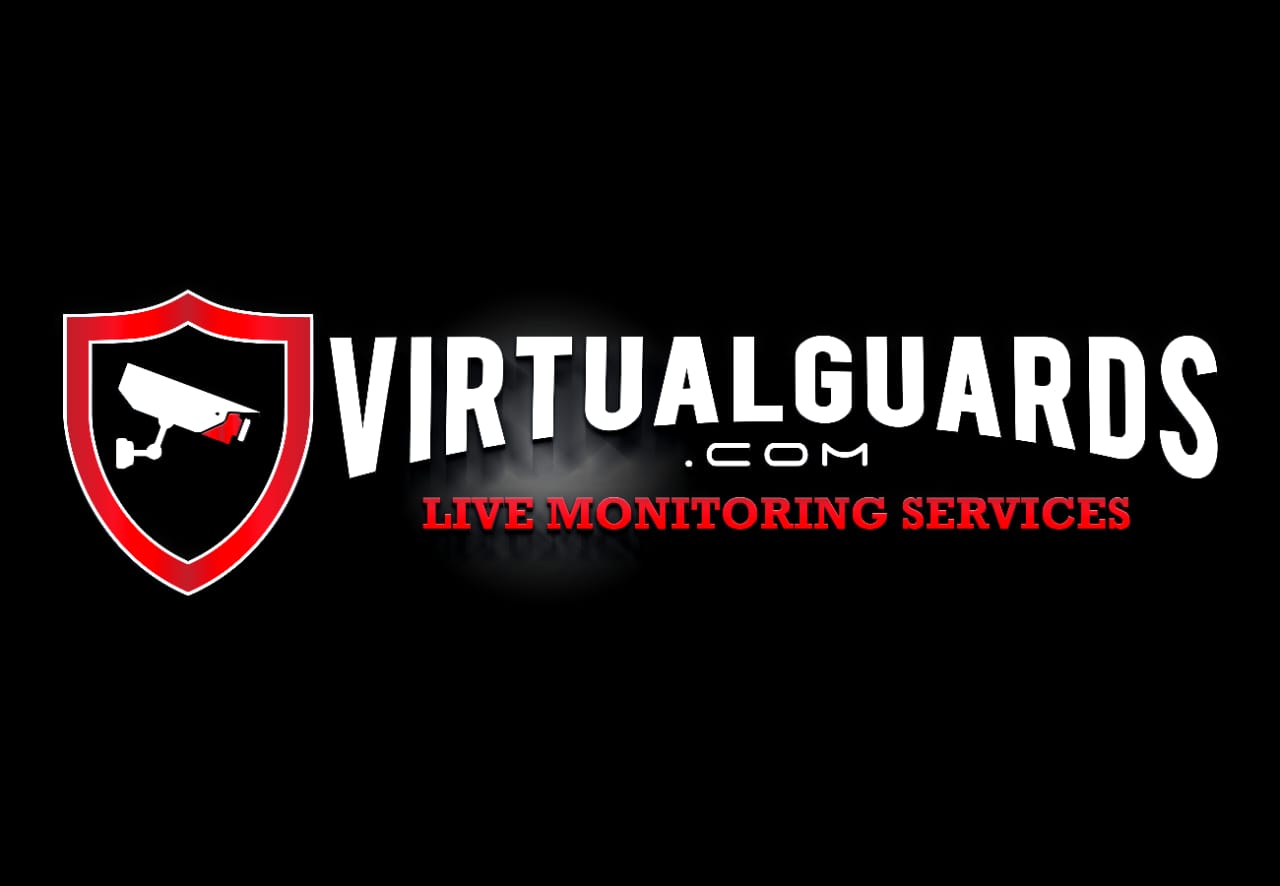Live Virtual Guards Monitoring
Live Virtual Guards Training
Live monitoring security training typically refers to training programs or courses that focus on teaching individuals how to effectively monitor and respond to security incidents in real-time. These training programs are designed to enhance the skills and knowledge of security professionals who are responsible for monitoring and safeguarding various environments, such as physical premises, computer networks, or digital systems.
Here are some key components that may be covered in live monitoring security training:
Threat identification and analysis: Participants are trained to recognize potential security threats, whether they are physical, cyber, or operational in nature. This includes understanding different types of attacks, vulnerabilities, and indicators of compromise.
Real-time monitoring tools and technologies: Training may cover the use of monitoring tools and technologies, such as video surveillance systems, intrusion detection systems (IDS), security information and event management (SIEM) platforms, or network monitoring tools. Participants learn how to effectively utilize these tools to detect and respond to security incidents.
Incident response and escalation: Training programs often emphasize the importance of timely and appropriate response to security incidents. This includes understanding the steps to take when an incident occurs, documenting the event, and escalating the situation to the appropriate personnel or teams.
Communication and collaboration: Effective communication and collaboration are crucial in live monitoring security. Training programs may focus on developing skills in clear and concise reporting, coordinating with other security personnel or departments, and interacting with law enforcement or emergency response teams when necessary.
Security policies and procedures: Participants learn about relevant security policies, procedures, and best practices that guide their actions during monitoring and incident response. This includes understanding legal and regulatory requirements, adherence to privacy guidelines, and following established protocols.
Risk assessment and mitigation: Training may cover risk assessment methodologies and techniques to identify potential vulnerabilities or weaknesses in security systems. Participants learn how to prioritize risks and develop strategies to mitigate them effectively.
Scenario-based exercises: Live monitoring security training often incorporates hands-on exercises and simulations to provide practical experience in monitoring and responding to various security incidents. These exercises help participants apply their knowledge and skills in realistic scenarios, allowing them to make critical decisions and learn from the outcomes.
It’s worth noting that the specific content and structure of live monitoring security training can vary depending on the organization or training provider. Some programs may focus more on physical security, while others may be tailored to cybersecurity or digital monitoring.

Live Virtual Guards Monitoring


